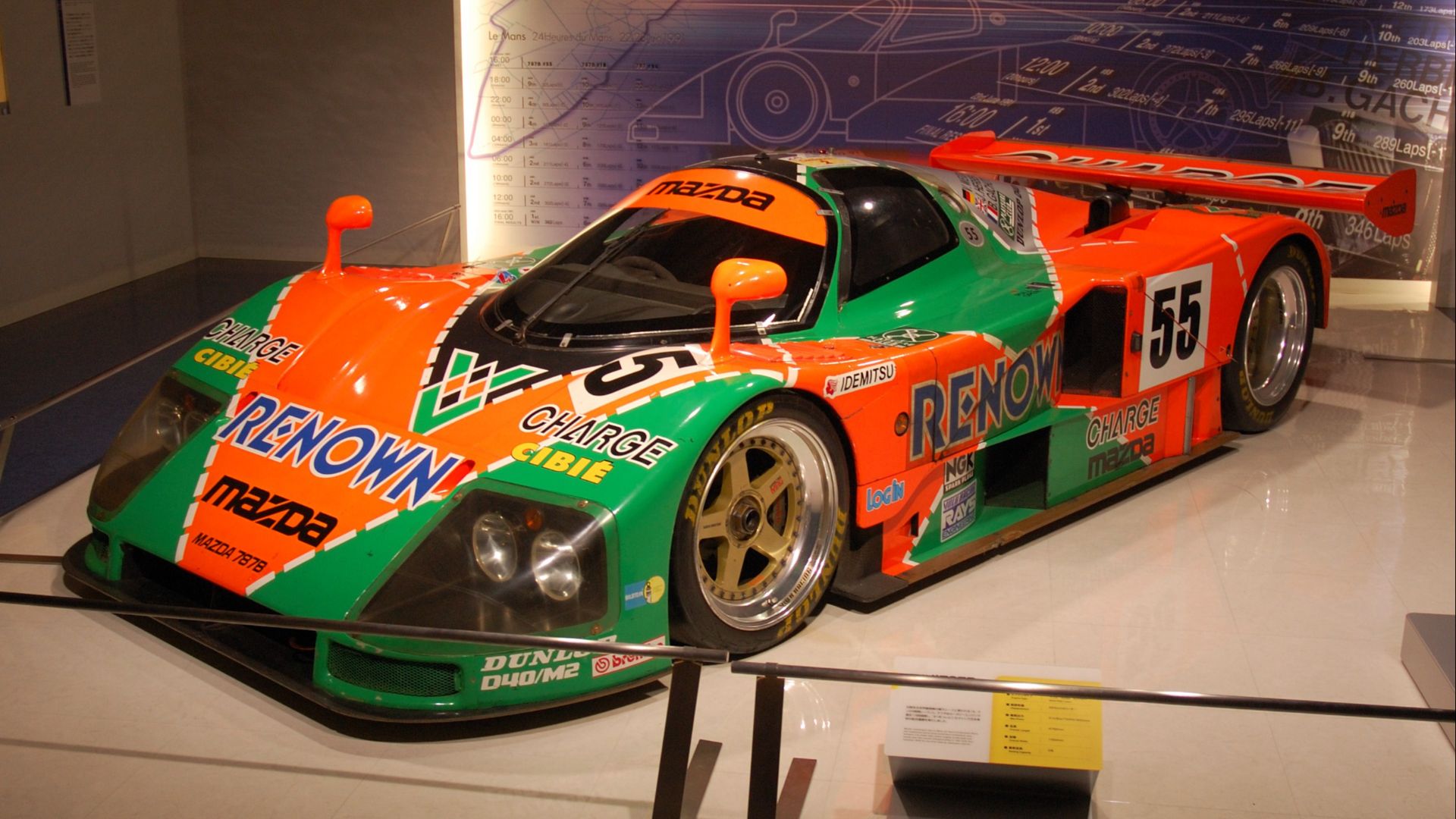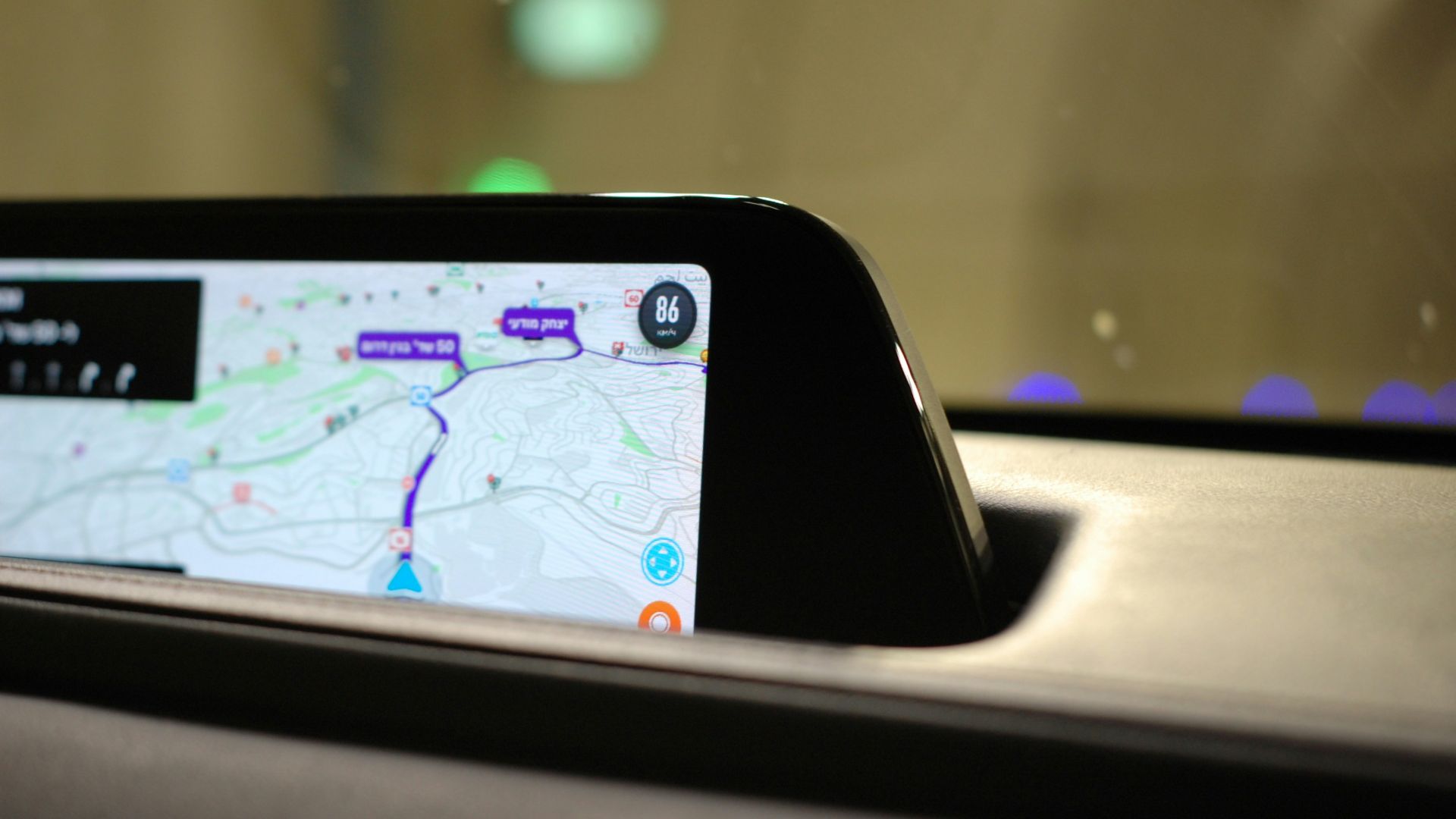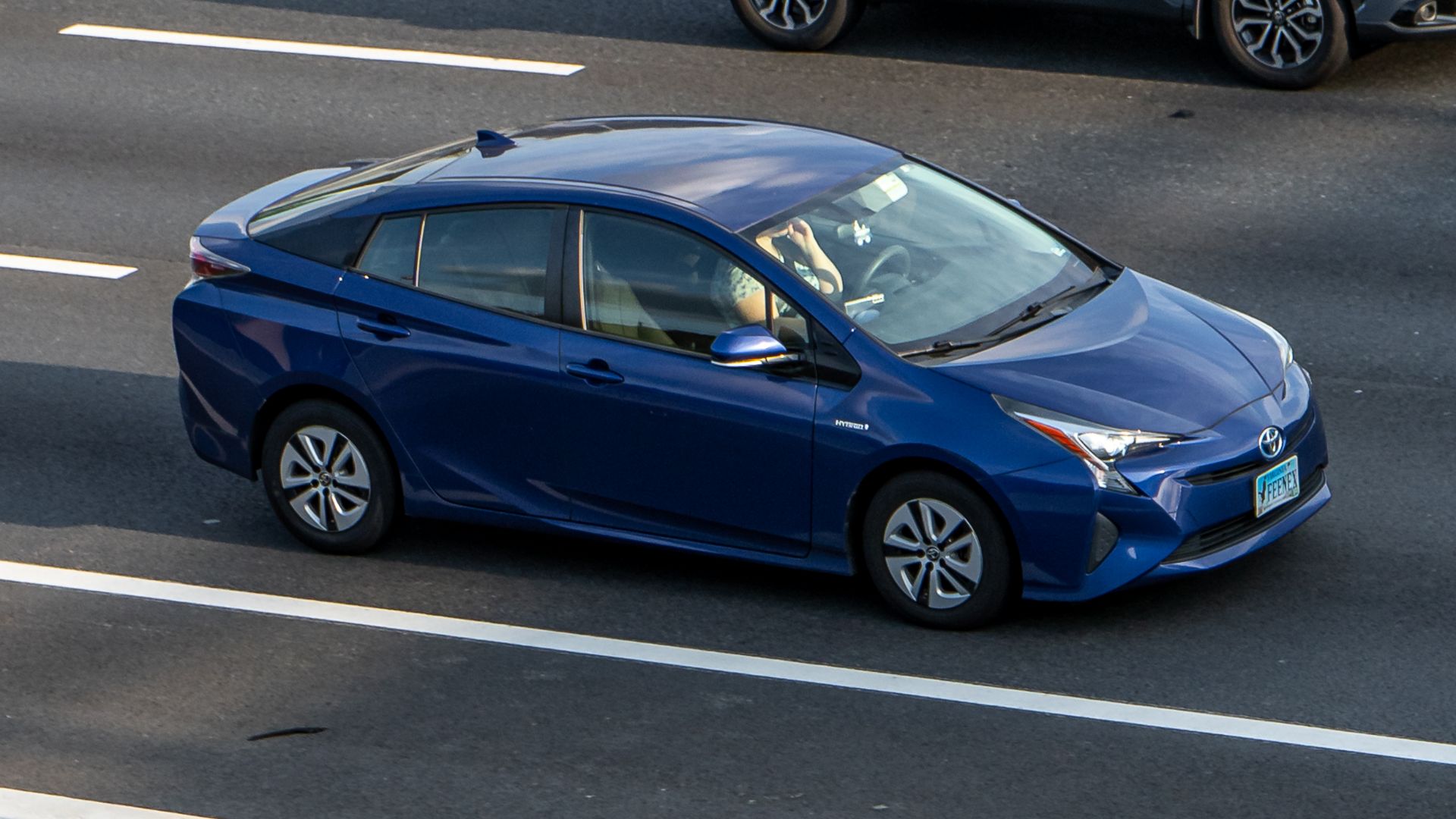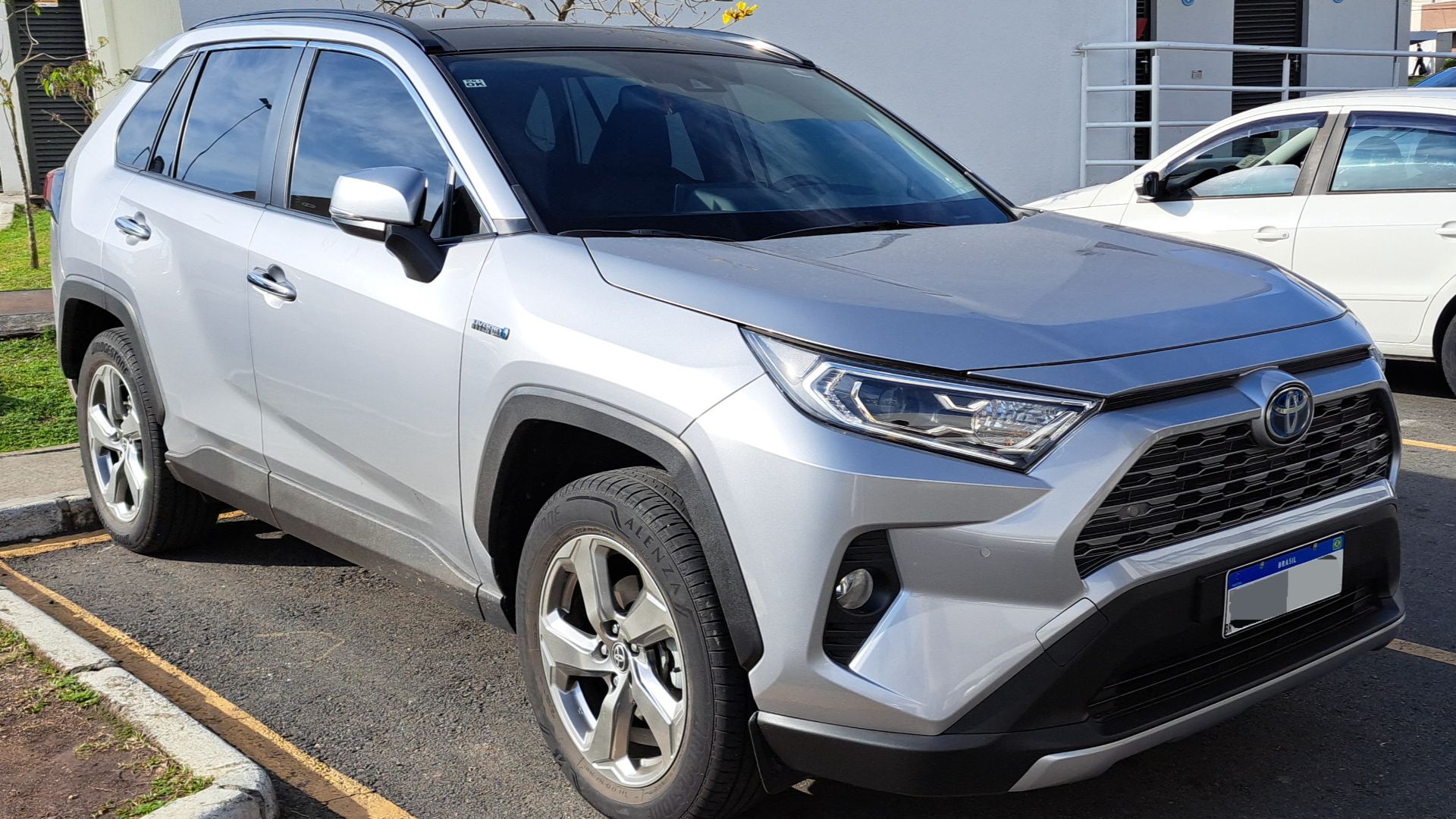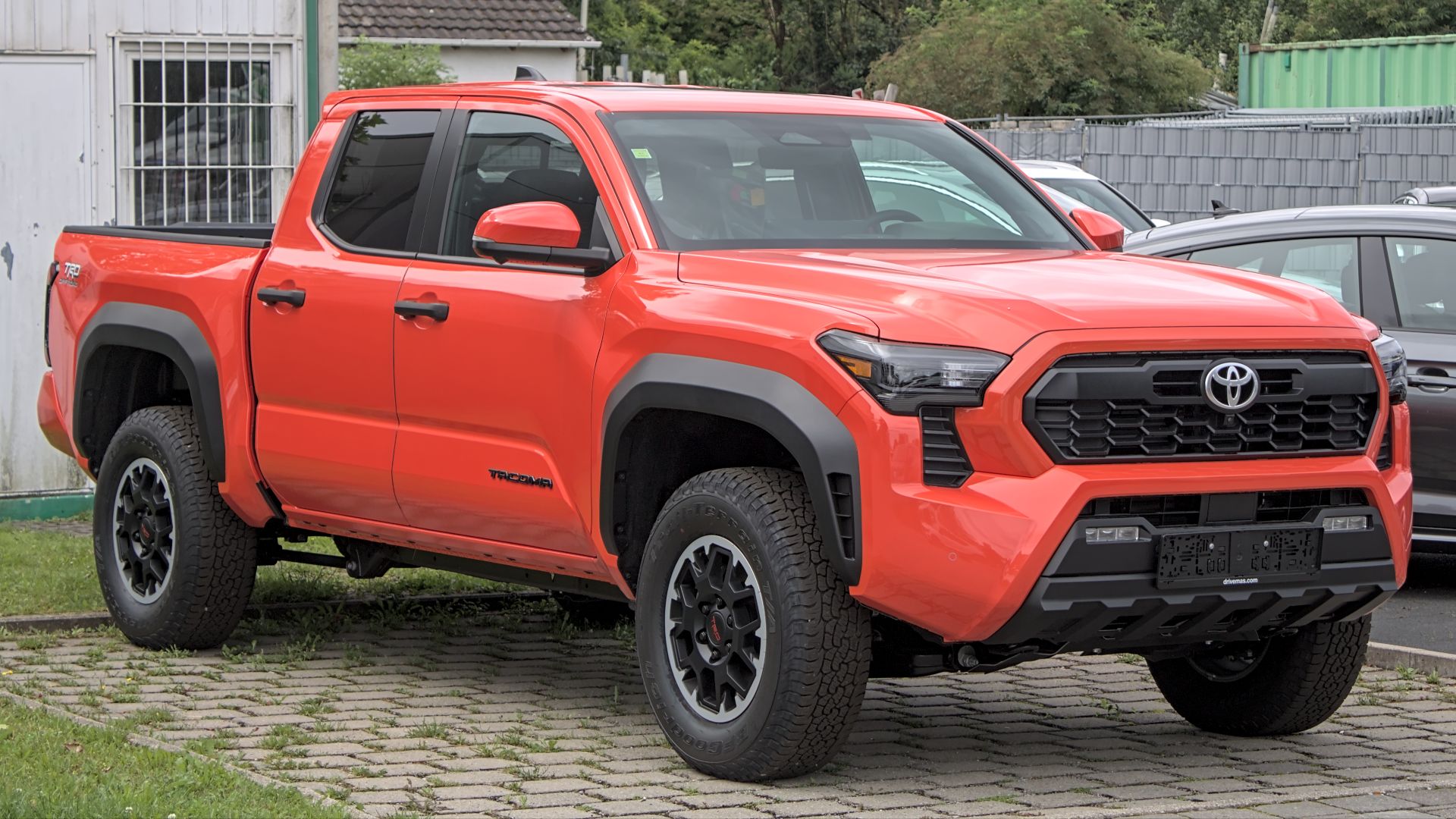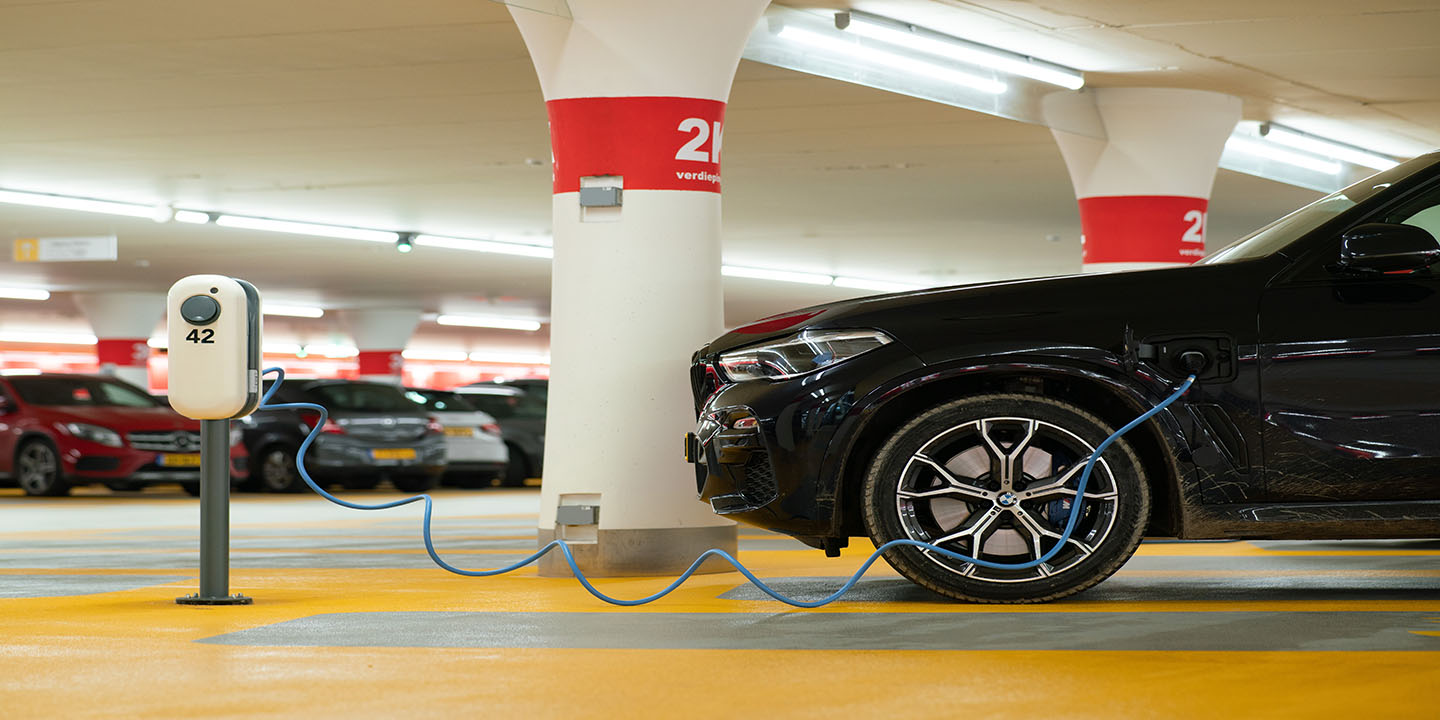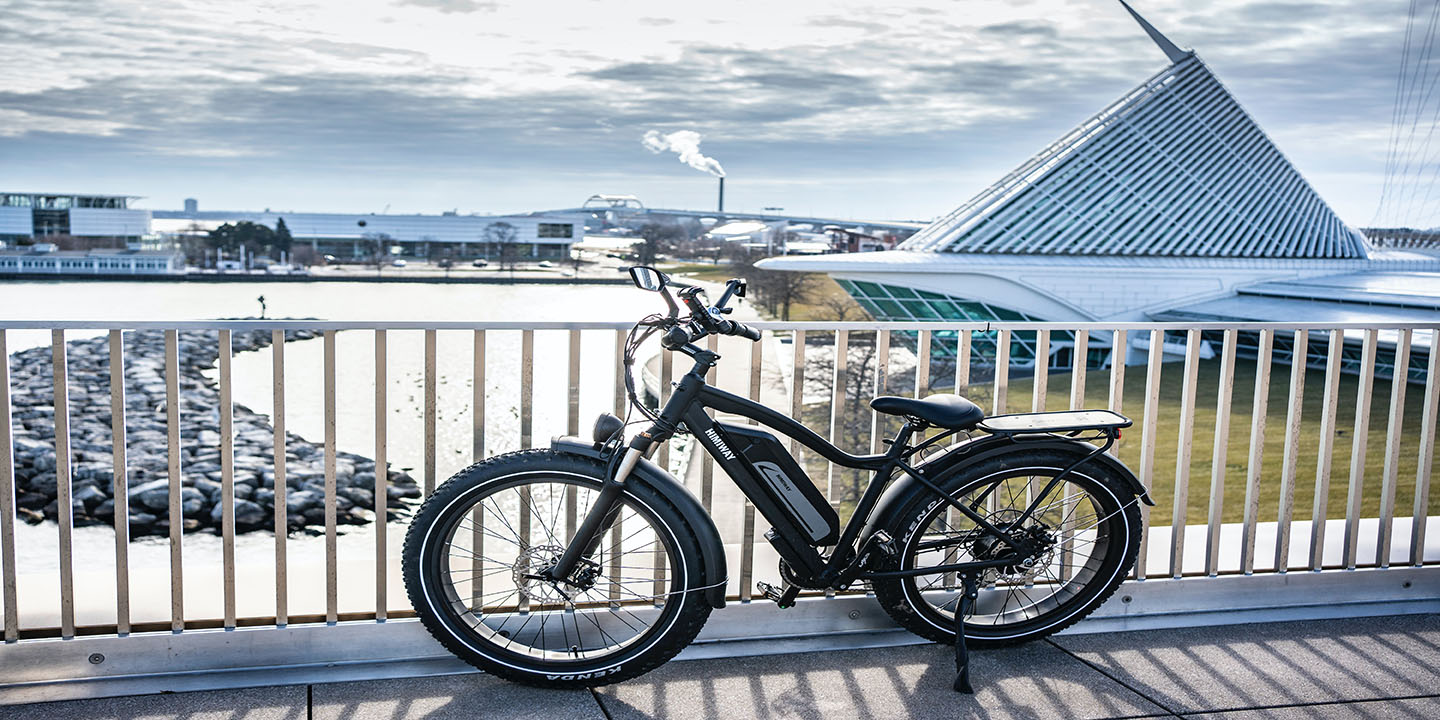Auto Industry Smackdown
Mazda and Toyota have been locked in this fascinating battle of wits, where one brand champions the art of driving pleasure while the other masters the science of dependable transportation. In doing so, both Japanese automakers have carved out distinct personalities that attract different types of drivers. So, here's exactly how each brand dominates the competition, and why one might be better than the other. Let's start with Mazda!
1. Superior Driving Dynamics
You're cruising down a winding mountain road, and your car feels like an extension of your body. That's the magic of Mazda's SKYACTIV technology in action. While other automakers chase horsepower numbers, Mazda focused on creating lightweight builds and nimble handling.
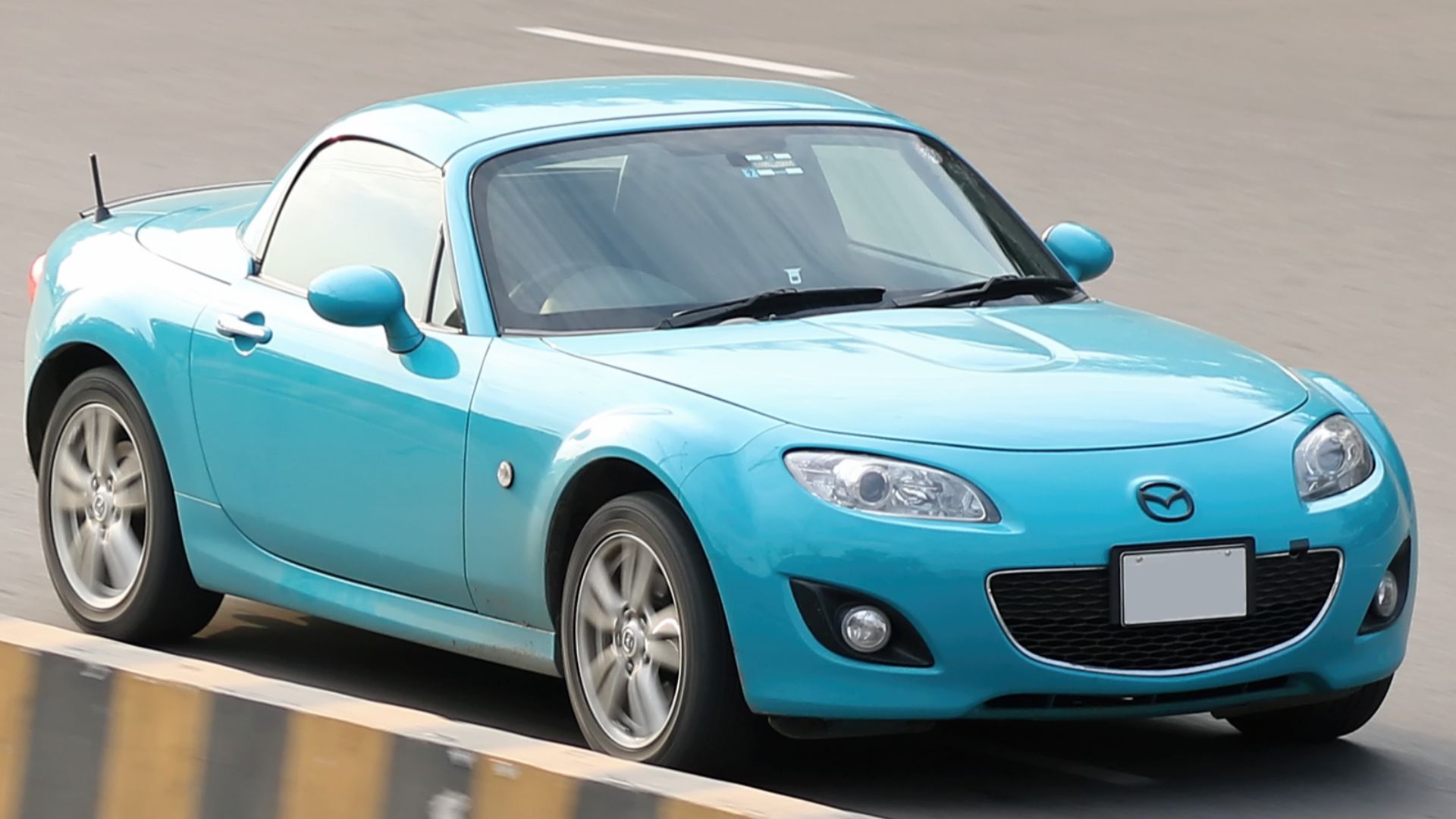 Shadman Samee from Dhaka, Bangladesh on Wikimedia
Shadman Samee from Dhaka, Bangladesh on Wikimedia
2. Higher Reliability Rankings
Mazda has quietly been climbing the reliability ladder. The 2025 J.D. Power Vehicle Dependability Study dropped some eye-opening results. This brand ranks second, with only 161 problems per 100 vehicles. Then comes Toyota, sitting in third place with 162.
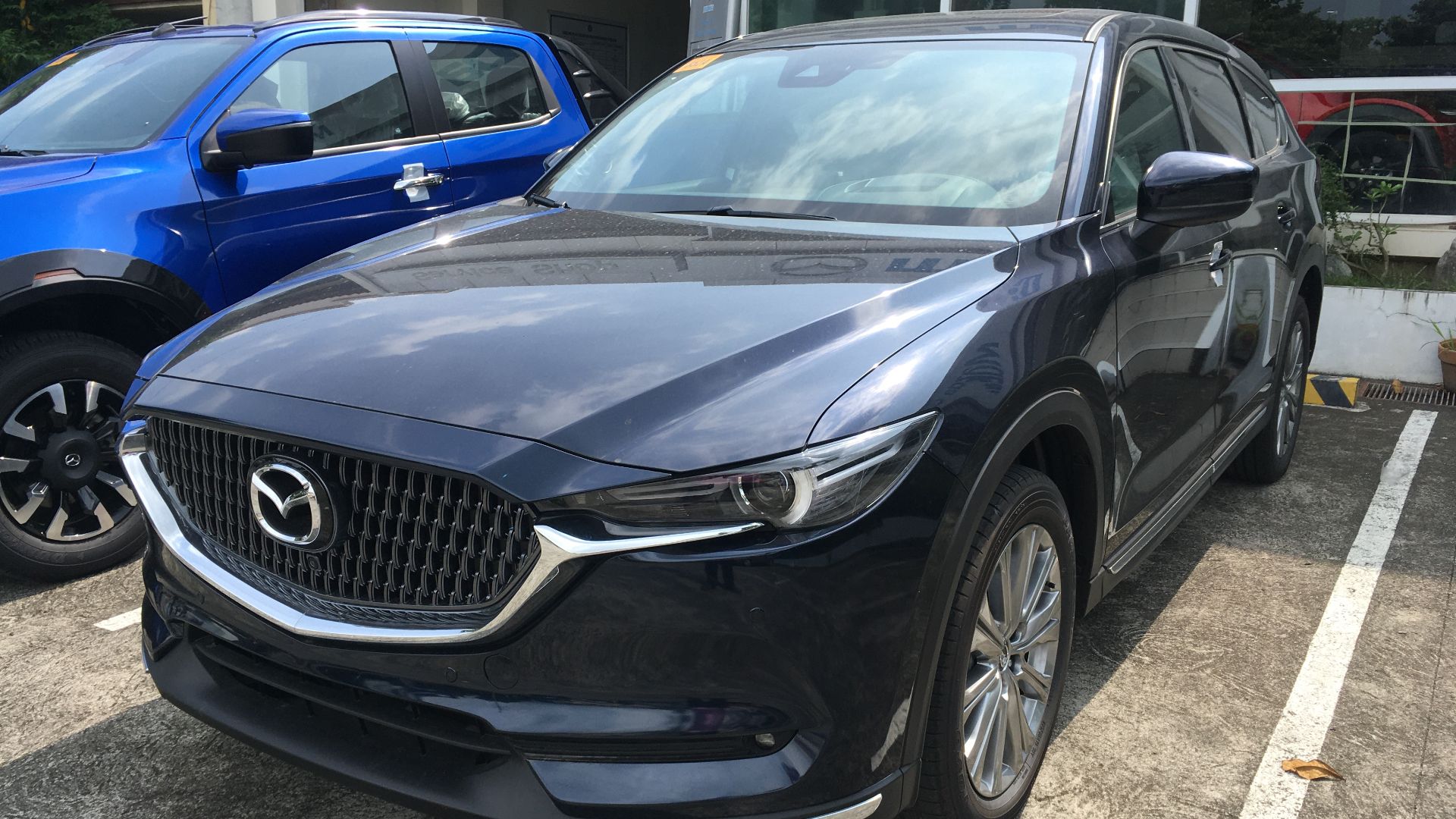 Captainmorlypogi1959 on Wikimedia
Captainmorlypogi1959 on Wikimedia
3. Premium Interior Design
Walk into a CX-5, and you'll think you accidentally wandered into a luxury showroom. The secret lies in Mazda's "Kodo: Soul of Motion" design philosophy, which brings dynamic looks. Higher Mazda trims introduce Nappa leather upholstery and refined wood accents.
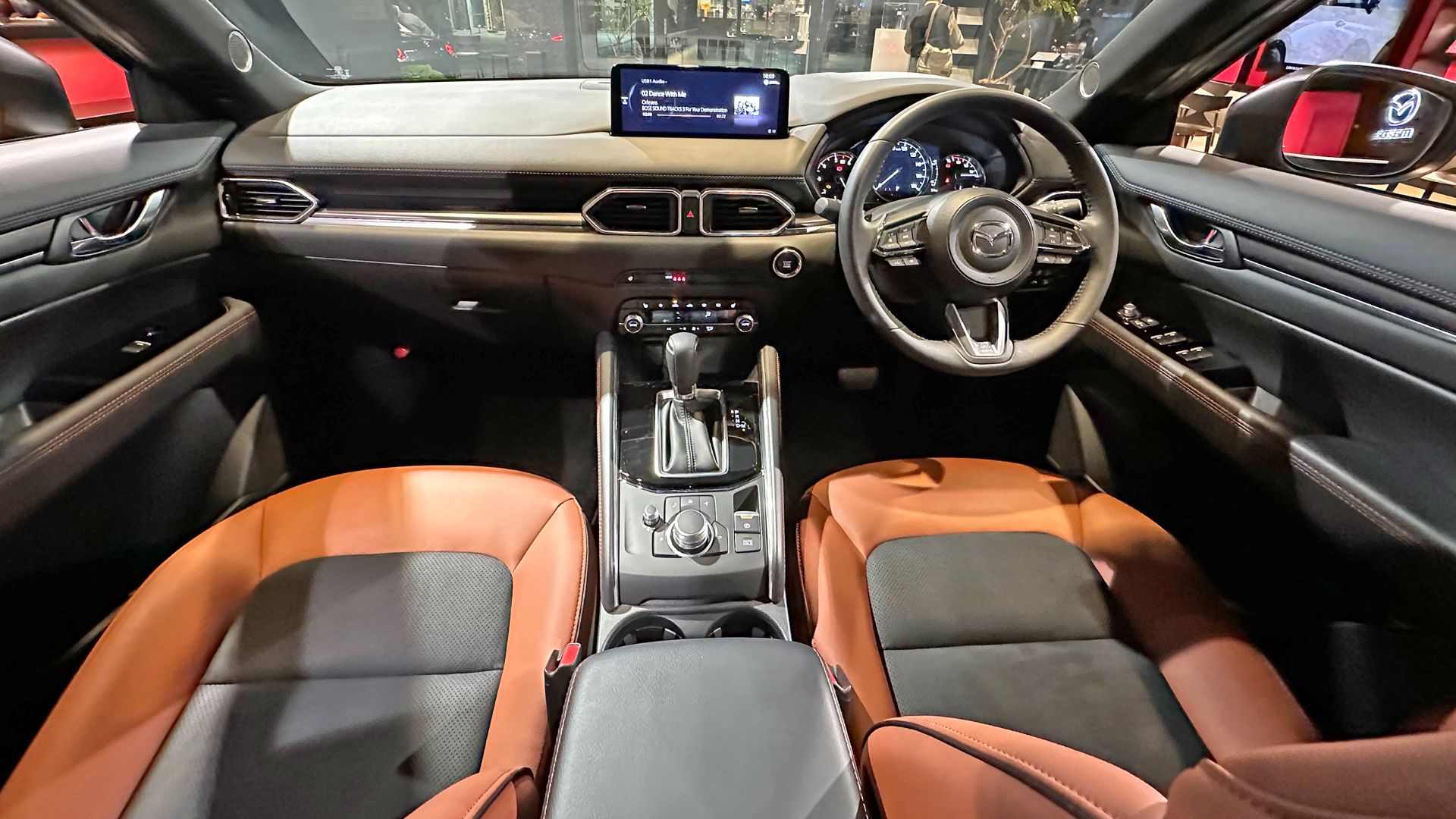 Tokumeigakarinoaoshima on Wikimedia
Tokumeigakarinoaoshima on Wikimedia
4. Advanced Safety
Safety isn't just about airbags anymore—it's about preventing accidents before they happen, and Mazda's taking this seriously. The 2024 CX-90 and CX-90 PHEV earned IIHS Top Safety Pick+ status for 2024. What makes this even more impressive is its i-ACTIVSENSE suite.
5. Powerful Engine Options
The CX-90 flexes serious muscle with engine options ranging from 280 to 340 horsepower, completely outclassing the Toyota Highlander's modest 265 horsepower output. If you're shopping in the compact SUV space, the Mazda CX-5 offers engines up to 250 horsepower.
6. Lower Starting Prices
Let's talk money, because at the end of the day, your wallet matters. The 2025 Mazda3 starts at $23,950, compared to the Toyota Corolla's $22,325. Mazda vehicles generally offer lower starting MSRPs by thousands across most comparable and good models.
7. Motorsport Legacy
Mazda's 787B stands as the first and only Japanese automobile to win the prestigious 24 Hours of Le Mans, utilizing a rotary engine, in 1991. It came with a carbon fiber monocoque chassis and a lightweight body weighing around 830 kg.
8. Superior Fuel Efficiency
The CX-50 Hybrid delivers competitive fuel efficiency at 38 mpg, going toe-to-toe with Toyota's RAV4 Hybrid in the efficiency game. It provides appealing fuel economy improvements over non-hybrid variants, proving that you can have your cake and eat it too.
 Jason Lawrence from New York on Wikimedia
Jason Lawrence from New York on Wikimedia
9. Standard Technology Integration
Technology should make your life easier, not complicated. The 2025 Mazda3 introduces Amazon Alexa integration on higher trims for enhanced convenience, letting you control your smart home before you even walk through the door. It has online navigation systems with over-the-air updates.

10. Rotary Engine Heritage
Here's something no other automaker can claim: Mazda is the only manufacturer to successfully mass-produce rotary engines, pioneering this revolutionary mechanics since 1961. The 1967 Cosmo Sport made history as the world's first volume production sports car powered by a rotary engine.
 Mic from Reading - Berkshire, United Kingdom on Wikimedia
Mic from Reading - Berkshire, United Kingdom on Wikimedia
Well, hold up—Toyota just entered the chat.
1. Largest Automaker Status
When you're buying a car, you’re buying into a company's entire ecosystem, and Toyota's is massive. Its status as the largest auto manufacturer in the world translates into proven global reach and resources. The company has been producing vehicles since 1937.
2. Hybrid Technology Leadership
Picture the automotive world before the Toyota Prius. Hybrid technology was still mere science fiction, not yet a showroom reality. The company now shows off 25+ years of hybrid development experience, dating back to 1997, making them the undisputed veterans in electrification.
3. Good Resale Value Performance
The Toyota RAV4 Hybrid retains 68.8% of its value after five years, losing an average of $10,062. Besides, according to a report by Car Edge, the non-hybrid RAV4 keeps 65.3% of its original purchase value over five years.
4. More Comprehensive Model Range
Variety is this brand’s entire business philosophy. The RAV4 lineup alone offers 8 to 10 trim options ranging from basic to luxurious. Toyota produces sedans, hatchbacks, crossovers, SUVs, minivans, and pickup trucks for every need, be it hauling furniture or carpooling kids.
5. Lower Maintenance
Money talks, and when it comes to long-term ownership, Toyota whispers sweet savings into your wallet year after year. The numbers don't lie: the average annual maintenance cost for Toyota is around $441. Its replacement parts also cost less than those of Mazda.
6. Better Cargo Space
Real life is messy, and sometimes you need to store more than just groceries. Toyota RAV4 offers 37.5 cubic feet of storage behind the rear seats. When you fold down those seats, you get a maximum of 69.8 cubic feet.
7. Long-Term Durability
This company is widely recognized for its exceptional long-term durability. Multiple studies confirm that Toyotas are among the vehicles most likely to last well beyond 200,000 miles. A couple of models even reach 250,000 miles or more on a regular basis.
8. Extensive Dealer Network
When something goes wrong with your car, geography becomes your best friend or worst enemy—and Toyota has strategically positioned itself to be your automotive guardian angel. It holds the largest dealer network, providing better service accessibility nationwide than any other automaker.
9. Leading Truck Range
Some jobs require more than a sedan can handle. Well, this brand has built an empire serving people who actually work for a living. Toyota offers a comprehensive truck lineup, including the midsize Tacoma and full-size Tundra pickup trucks.
10. American Manufacturing
Toyota operates 14 manufacturing facilities across 10 U.S. states, employing over 47,000 Americans directly and supporting additional jobs through its supplier network. It has invested more than $25 billion in U.S. manufacturing operations since the 1980s.






